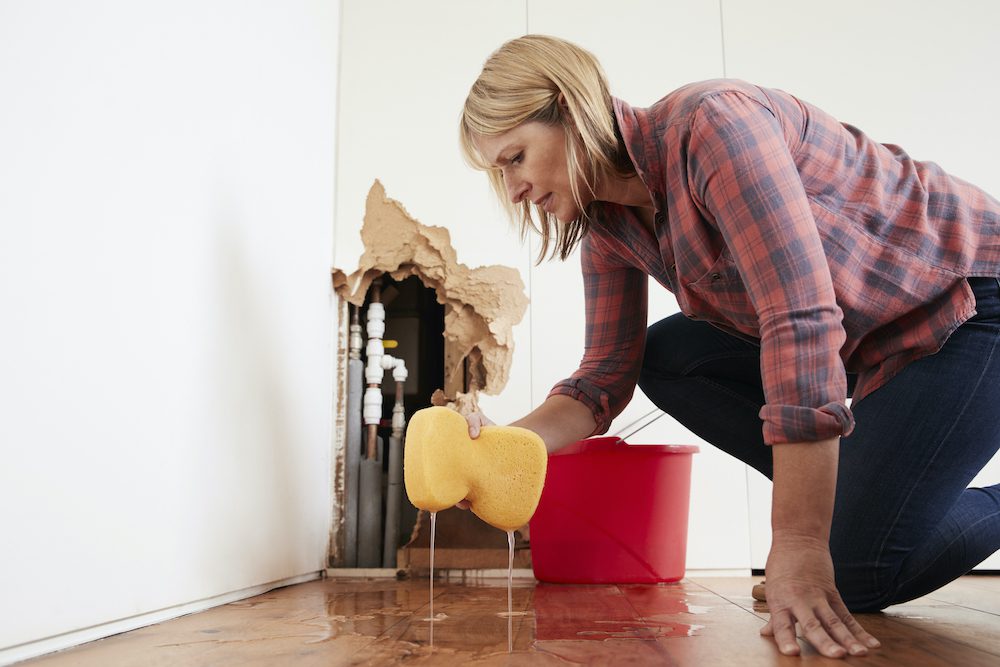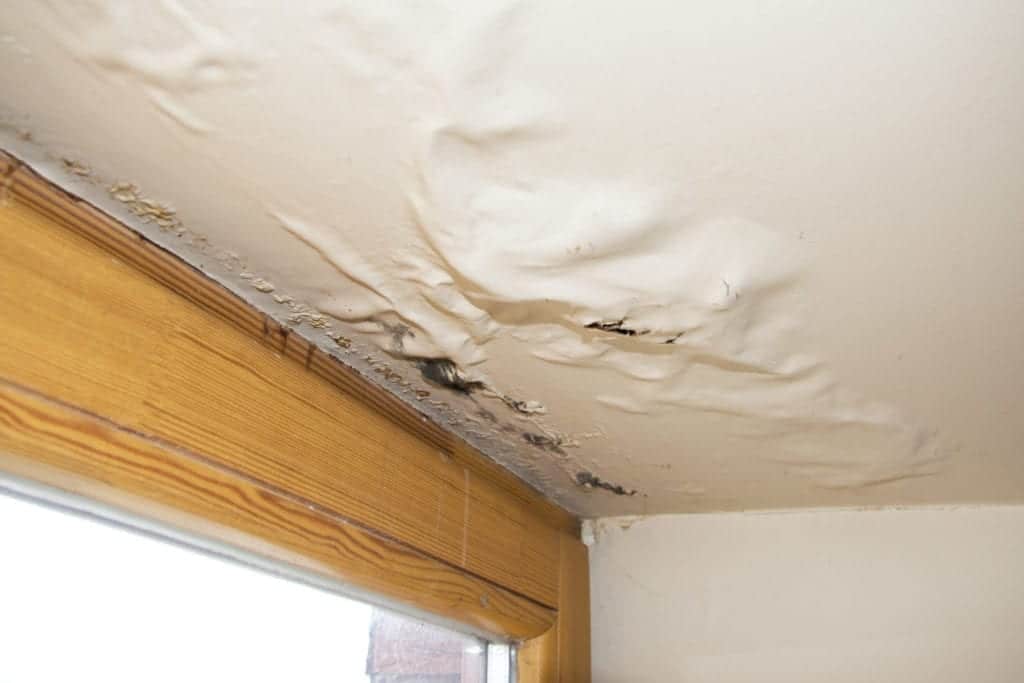How to Check If Your Home Has a Covert Leak
How to Check If Your Home Has a Covert Leak
Blog Article
The publisher is making several great annotation about Locating water leaks overall in this content in the next paragraphs.

Early discovery of dripping water lines can alleviate a possible disaster. In addition to conserving you cash, it will certainly decrease the stress and also irritation. The moment you locate a leak, calling your plumber for repair services is the most effective option. Some little water leaks may not be noticeable. If you can not detect it with your nude eyes, here are some hacks that assist.
1. Examine the Water Meter
Checking it is a surefire method that aids you discover leaks. If it relocates, that suggests a fast-moving leakage. This means you might have a slow leak that could also be underground.
2. Check Water Intake
Evaluate your water expenses as well as track your water consumption. As the one paying it, you need to observe if there are any discrepancies. If you spot sudden changes, regardless of your consumption coinciding, it indicates that you have leaks in your plumbing system. Bear in mind, your water bill must drop under the exact same variety each month. An abrupt spike in your expense indicates a fast-moving leakage.
At the same time, a consistent rise each month, despite having the very same behaviors, shows you have a slow-moving leak that's also gradually escalating. Call a plumber to extensively check your residential or commercial property, specifically if you feel a warm area on your flooring with piping below.
3. Do a Food Coloring Test
When it pertains to water intake, 30% originates from toilets. Test to see if they are running appropriately. Decrease flecks of food shade in the storage tank as well as wait 10 mins. There's a leak in between the storage tank and dish if the shade in some way infiltrates your bowl throughout that time without flushing.
4. Asses Exterior Lines
Do not forget to examine your exterior water lines also. Needs to water permeate out of the link, you have a loosened rubber gasket. One small leak can waste lots of water and spike your water costs.
5. Check as well as Evaluate the Situation
Homeowners must make it a practice to check under the sink counters as well as even inside closets for any bad odor or mold and mildew growth. These 2 red flags suggest a leak so timely focus is needed. Doing regular evaluations, also bi-annually, can save you from a major trouble.
More significantly, if you recognize your home is currently old, maintain a watchful eye on your heaters, hose pipes, pipelines etc. Check for discolorations and weakening as the majority of pipelines and appliances have a life expectancy. They will certainly additionally normally degrade as a result of deterioration. Do not wait for it to escalate if you suspect dripping water lines in your plumbing system. Call an expert plumber as soon as possible so you don't wind up with a dreadful mess in your home.
Early detection of leaking water lines can reduce a potential catastrophe. Some tiny water leaks might not be noticeable. Examining it is a proven way that helps you find leakages. One tiny leak can squander heaps of water as well as surge your water bill.
If you think dripping water lines in your plumbing system, don't wait for it to escalate.
How to Know If Your Home Has a Hidden Leak
Water Meter Reveals Inexplicable Water Usage
If you’d like to test whether or not there’s a leak somewhere in your home, you can do this using your water meter. Here is how to conduct the test:
Don’t use any water in your home for at least 30 minutes; this also means not turning on faucets or water-using appliances.
Go outside, and check your water meter for activity.
If your water meter shows that there was activity, even though no one was using any water, this proves that there is a leak in your home.Visible Mold or Mildew Growth
Leaks behind walls create moist, dark environments that allow mold and mildew to grow and thrive. Eventually, you might see mold growth forming on the wall closest to a hidden leak.
If mold is growing in an area that receives a high amount of moisture, such as a bathroom, it may simply be an indication that better ventilation is needed. However, if you see mold growth on a wall or the ceiling in an area where you would not expect, you probably have a hidden leak.
Musty, Mildew Odor
Sometimes you might not be able to see the mold or mildew that is growing as a result of a leak. However, the smell can give the problem away just as easily. If you catch a whiff of something musty, there’s a good chance that old water is collecting somewhere in your home that you can’t see.
Stained/Warped Walls, Ceilings, or Floors
When your home soaks up water, a variety of red flags can become visible, including ceiling stains, bubbling drywall, warped walls, and sagging floors. While these issues can be caused by excess humidity, they can also be signs that a pipe or plumbing connection has started leaking behind your walls.
Inexplicably High Water Bill
After a while, you get a general sense for what your water bill should be. If you own a pool or sprinkler system, your bill will tend to be higher during summer. However, if you receive a water bill that seems especially high, and you can’t figure out what caused it, then you may have a hidden leak somewhere that’s increasing your bill.
https://www.plumbingjoint.com/blog/2019/july/how-to-know-if-your-home-has-a-hidden-leak/

I'm just very interested in Detecting hidden plumbing leaks and I hope you enjoyed my blog entry. Remember to take the time to promote this blog posting if you enjoyed reading it. We appreciate reading our article about Top leak detection hacks.
Report this page